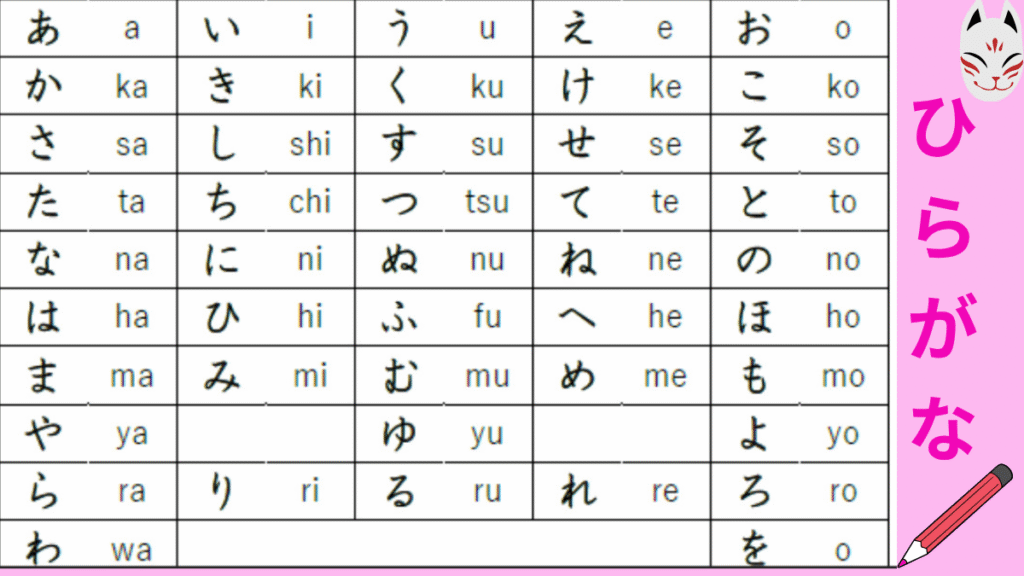- Improve your skills in reading and writing Japanese, from Hiragana to Kanji.
- Learn practical tips for mastering written communication.
Japanese writing uses three types of characters:
• Hiragana (ひらがな)
• Katakana (カタカナ)
• Kanji (漢字 – Chinese-origin characters)
Japanese people use all three every day. In fact, a fluent adult knows over 2,000 kanji! 😲
But don’t worry!you don’t need to know them all.
Let’s start with useful characters for daily conversations and everyday life in Japan.
✍️ Hiragana and Katakana are phonetic.
That means: you can read them exactly as they sound!
🧠 Hiragana is mainly used for native Japanese words.
🛬 Katakana is mostly used for foreign words, names, and modern vocabulary.
For example:
• たべます (tabemasu – eat) ← Hiragana
• パスタ (pasuta – pasta) ← Katakana
🐱 In Japanese, many words can be written in hiragana, katakana, or kanji and all are correct!
For example, the word cat can be written as:
• ねこ (hiragana)
• ネコ (katakana)
• 猫 (kanji)
They all mean the same thing, but each one gives a slightly different feeling.
• ねこ feels soft and cute 🐾
• ネコ feels modern or stylish 🐈
• 猫 looks more formal or literary 🐱
So don’t worry too much about which one to use—native speakers mix them too! 😄
Let’s take a closer look at Hiragana—the first writing system Japanese children learn.
Here’s a full list of Hiragana characters with their pronunciation

Let’s try reading some simple hiragana sentences! You don’t need any kanji—just read them as they are.
ねこ、かわいい。(cats are cute)にほん、だいすき。(I love Japan)
おすし、たべたい。(I‘d like to eat Sushi)げんき? (How are you?)